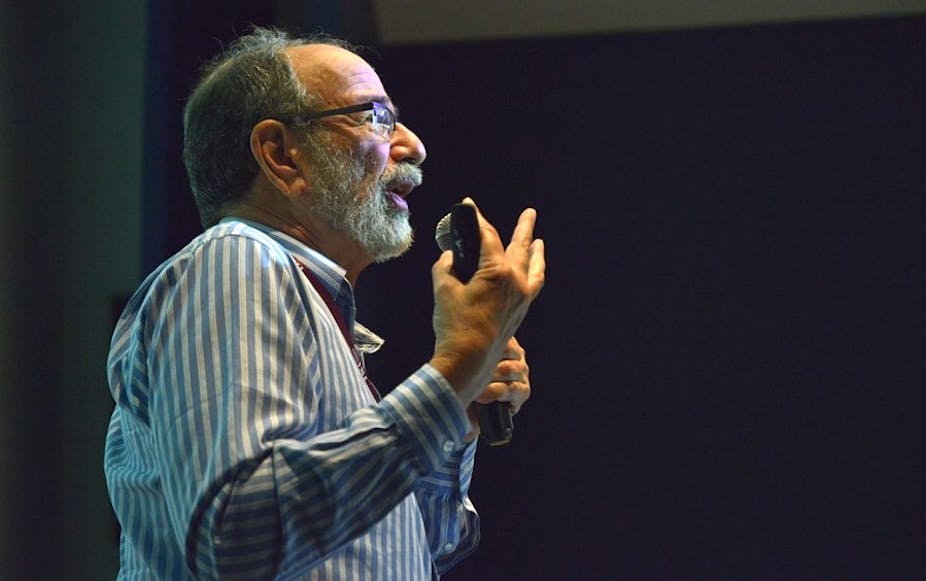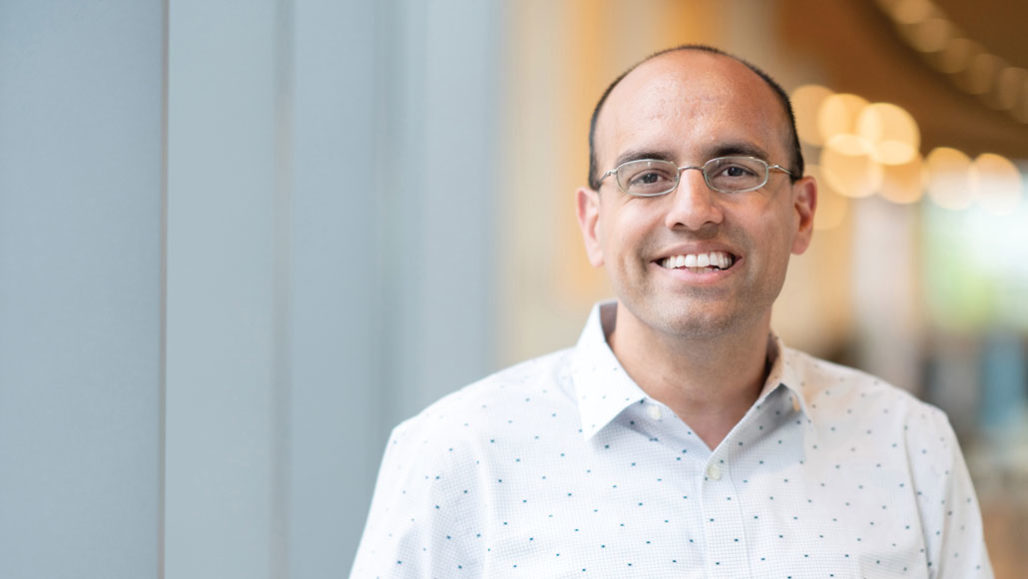Market Design Working Group Meeting
Michael Ostrovsky and Parag A. Pathak, Organizers
October 18-19, 2019
NBER
Feldstein Conference Room, 2nd Floor
1050 Massachusetts Avenue
Cambridge, MA
Conference Code of Conduct
| Friday, October 18 | ||
| 8:30 am | Continental Breakfast | |
| 9:00 am | Christina Aperjis, Power Auctions LLC Lawrence Ausubel, University of Maryland Oleg V. Baranov, University of Colorado, Boulder Supply Reduction in the Broadcast Incentive Auction | |
| 9:45 am | Gianluca Brero, University of Zurich Benjamin Lubin, Boston University Sven Seuken, University of Zurich Machine Learning-Powered Iterative Combinatorial Auctions | |
| 10:30 am | Break | |
| 11:00 am | Tayfun Sönmez, Boston College M. Bumin Yenmez, Boston College Affirmative Action in India via Vertical and Horizontal Reservations | |
| 11:45 am | Joshua Angrist, Massachusetts Institute of Technology and NBER Parag A. Pathak, Massachusetts Institute of Technology and NBER Roman Zarate, Massachusetts Institute of Technology Choice and Consequence: Assessing Mismatch at Chicago Exam Schools | |
| 12:30 pm | Lunch | |
| 2:00 pm | Marek Pycia, University of Zurich Invariance and Matching Market Outcomes | |
| 2:45 pm | Nicole Immorlica, Microsoft Research Jacob D. Leshno, University of Chicago Irene Y. Lo, Stanford University Brendan Lucier, Microsoft Research Information Acquisition Costs in Matching Markets | |
| 3:30 pm | Break | |
| 4:00 pm | Mohammad Akbarpour, Stanford University Julien Combe, University College London Yinghua He, Rice University Victor Hiller, Université Paris 2 Robert Shimer, University of Chicago and NBER Olivier Tercieux, Paris School of Economics Unpaired Kidney Exchange: Overcoming Double Coincidence of Wants without Money | |
| 4:45 pm | Liran Einav, Stanford University and NBER Amy Finkelstein, Massachusetts Institute of Technology and NBER Yunan Ji, Harvard University Neale Mahoney, University of Chicago and NBER Voluntary Regulation: Evidence from Medicare Bundled Payments | |
| 5:30 pm | Adjourn | |
| 6:30 pm | Group Dinner at Bambara (across the street from the Royal Sonesta Hotel) | |
| Saturday, October 19 | ||
| 8:30 am | Continental Breakfast | |
| 9:00 am | Yannai A. Gonczarowski, Microsoft Research Lior Kovalio, Hebrew University of Jerusalem Noam Nisan, Hebrew University of Jerusalem Assaf Romm, Hebrew University of Jerusalem and Stanford University Matching for the Israeli "Mechinot" Gap-Year Programs: Handling Rich Diversity Requirements | |
| 9:45 am | Amanda Y. Agan, Rutgers University and NBER Bo Cowgill, Columbia University Laura K. Gee, Tufts University Salary Disclosure and Hiring: Field Experimental Evidence from a Two-Sided Audit Study | |
| 10:30 am | Break | |
| 11:00 am | Nick Arnosti, Columbia University Peng Shi, University of Southern California Design of Lotteries and Waitlists for Affordable Housing Allocation | |
| 11:45 am | Daniel C. Waldinger, New York University Targeting In-Kind Transfers Through Market Design: A Revealed Preference Analysis of Public Housing Allocation | |
| 12:30 pm | Adjourn | |
| FORMAT 35 mins presenter 10 mins discussion | ||








